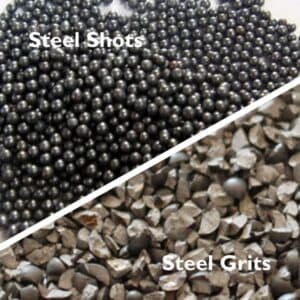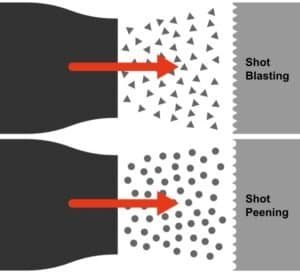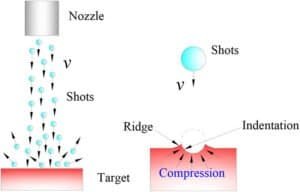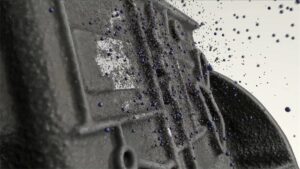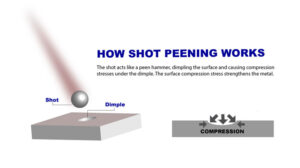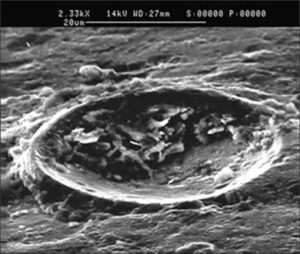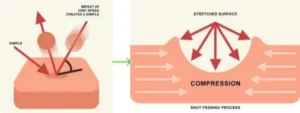
Steel Shot Peening: Boosting Metal Durability & Performance?
Steel shot peening is a performance-first surface treatment that embeds a controlled compressive layer to delay crack initiation and slow crack growth. This guide explains how the process works, how to set Almen intensity and achieve 98–100% coverage, and how to balance finish with durability. You’ll compare media types, choose



